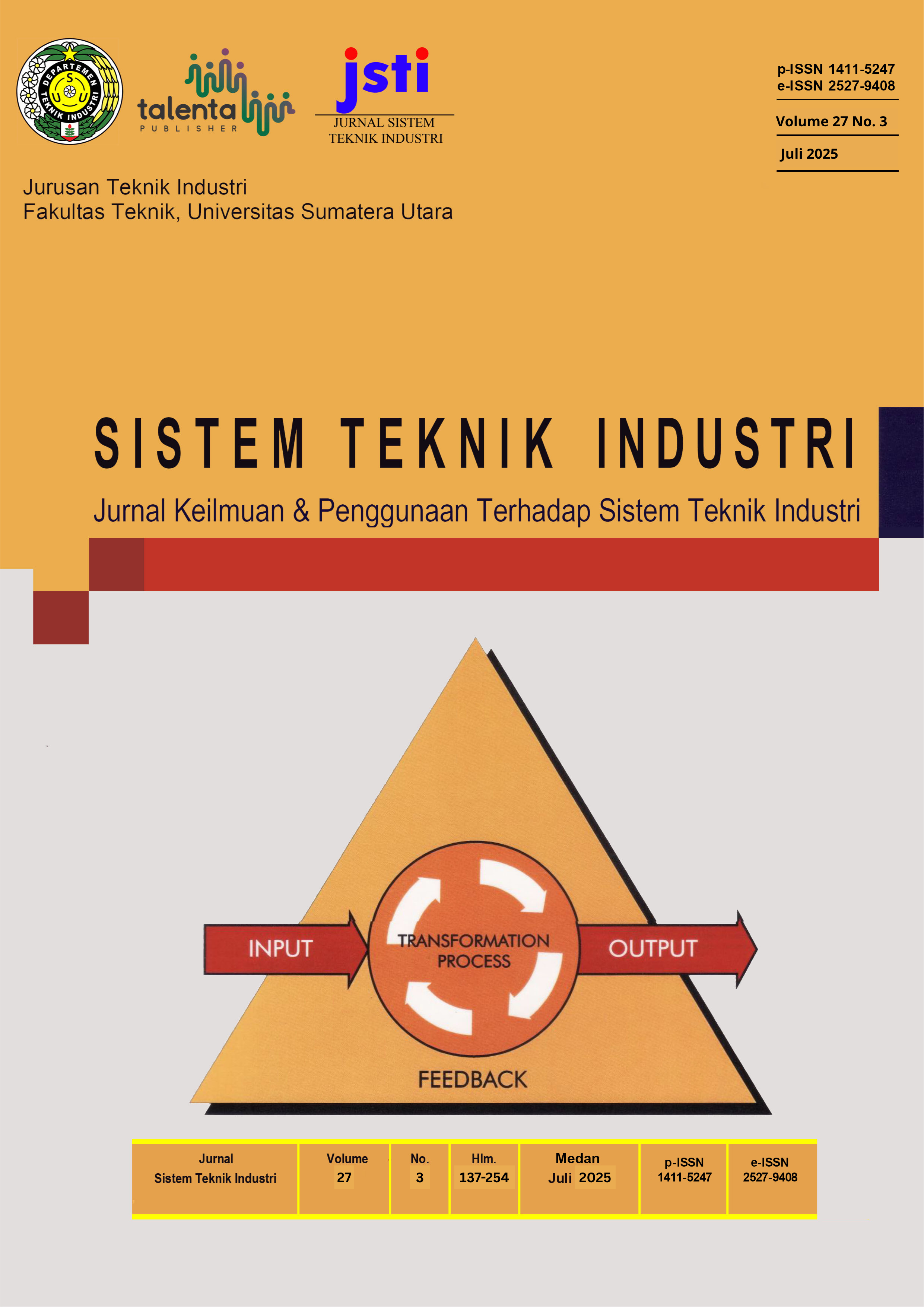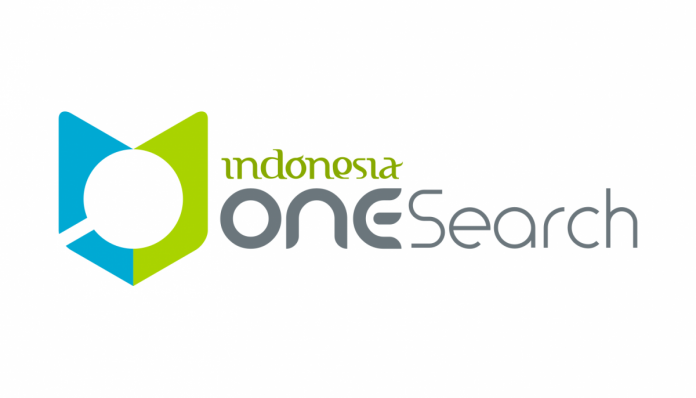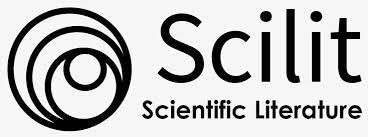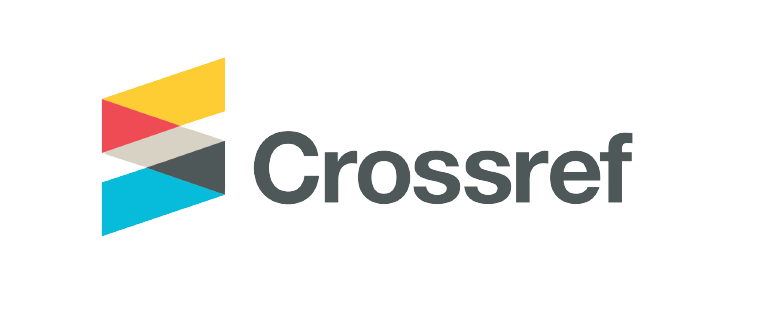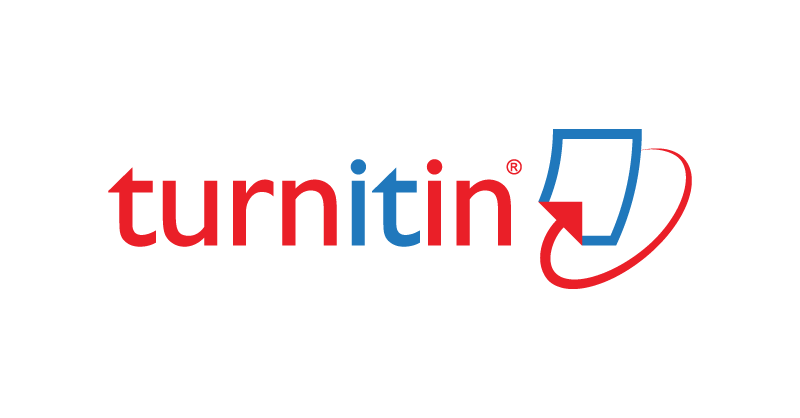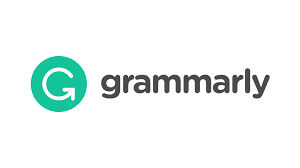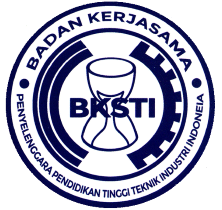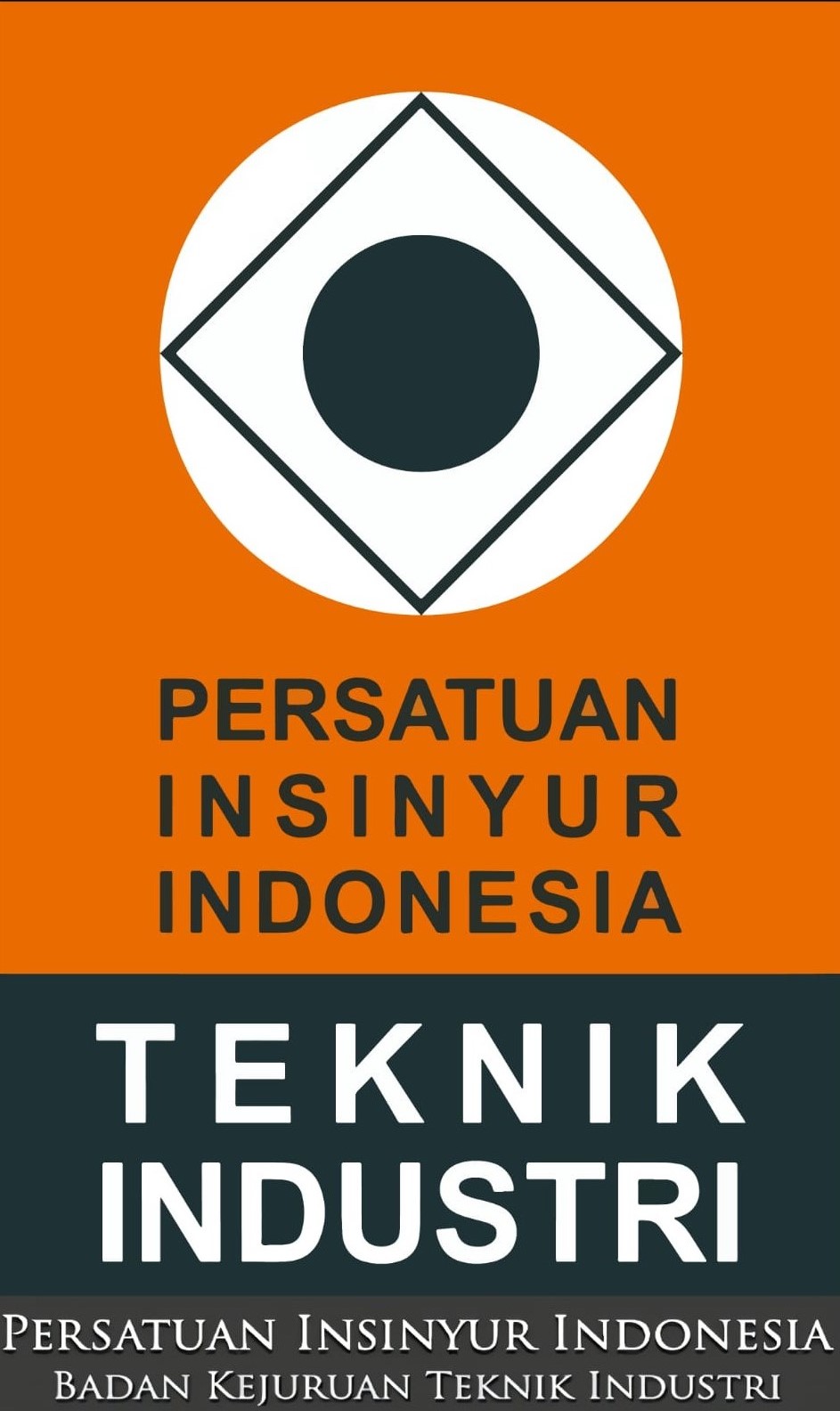The Use of Active Filter to Mitigate Harmonics in Cryptocurrency Mining Computer
DOI:
https://doi.org/10.32734/jsti.v27i3.20031Keywords:
Cryptocurrency mining, harmonic distortion, active filter, power quality, IEEE 519-2014, MATLAB/Simulink, total harmonic distortion (THD), power factor correctionAbstract
Cryptocurrency mining computers act as non-linear loads, introducing significant harmonic distortions that degrade power quality and system efficiency. This study explores the use of a shunt active filter with an inductance of 0.0075 H to reduce harmonics in a high-load cryptocurrency mining rig. Harmonic measurements were collected using a Fluke 43 Power Quality Analyzer and validated through MATLAB/Simulink simulations. Results revealed a substantial reduction in Total Harmonic Distortion in Current (THDi) from 76.62% to 9.18%, achieving compliance with IEEE 519-2014 standards. Additionally, major harmonic orders—specifically the 3rd, 5th, and 7th—were each suppressed by more than 90%. The system’s power factor improved markedly from 0.85 to 0.99, indicating enhanced energy efficiency. These outcomes demonstrate the effectiveness of active filters in improving power quality in cryptocurrency mining operations and suggest their practical application in industrial-scale setups to minimize energy losses, extend hardware lifespan, and support grid stability.
Downloads
References
Lubis, A. A. R. D. (2024). Bitcoin, Gold, and S&P 500: Strategic comparison for future investments in the digital era. Asian Multidisciplinary Research Journal of Economy and Learning, 1(5), 30–44.
Katic, V. A., Corba, Z. J., & Stanisavljevic, A. M. (2022). Effects of cryptocurrency mining rig operation on power quality in LV distribution networks. ICETRAN Conference Proceedings. https://www.etran.rs/2022/zbornik/ICETRAN-22_radovi/026-EEI1.2.pdf
Downloads
Published
How to Cite
Issue
Section
License
Copyright (c) 2025 TALENTA Publisher Universitas Sumatera Utara

This work is licensed under a Creative Commons Attribution-ShareAlike 4.0 International License.
The Authors submitting a manuscript do so on the understanding that if accepted for publication, the copyright of the article shall be assigned to TALENTA Publisher Universitas Sumatera Utara as the publisher of the journal.
Copyright encompasses the rights to reproduce and deliver the article in all forms and media. The reproduction of any part of this journal, its storage in databases, and its transmission by any form or medium will be allowed.

